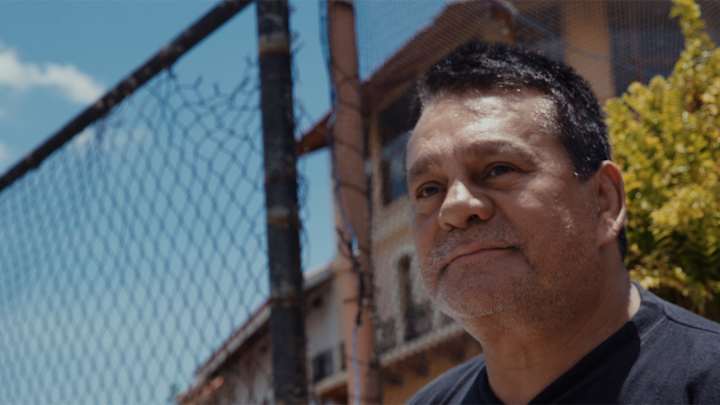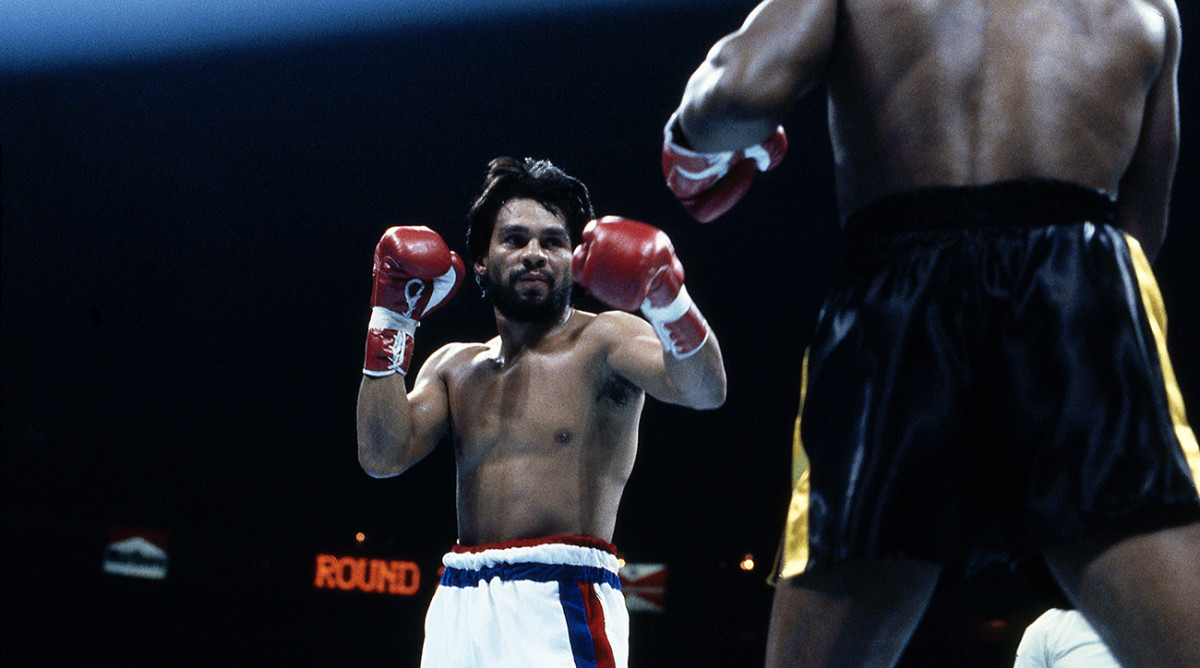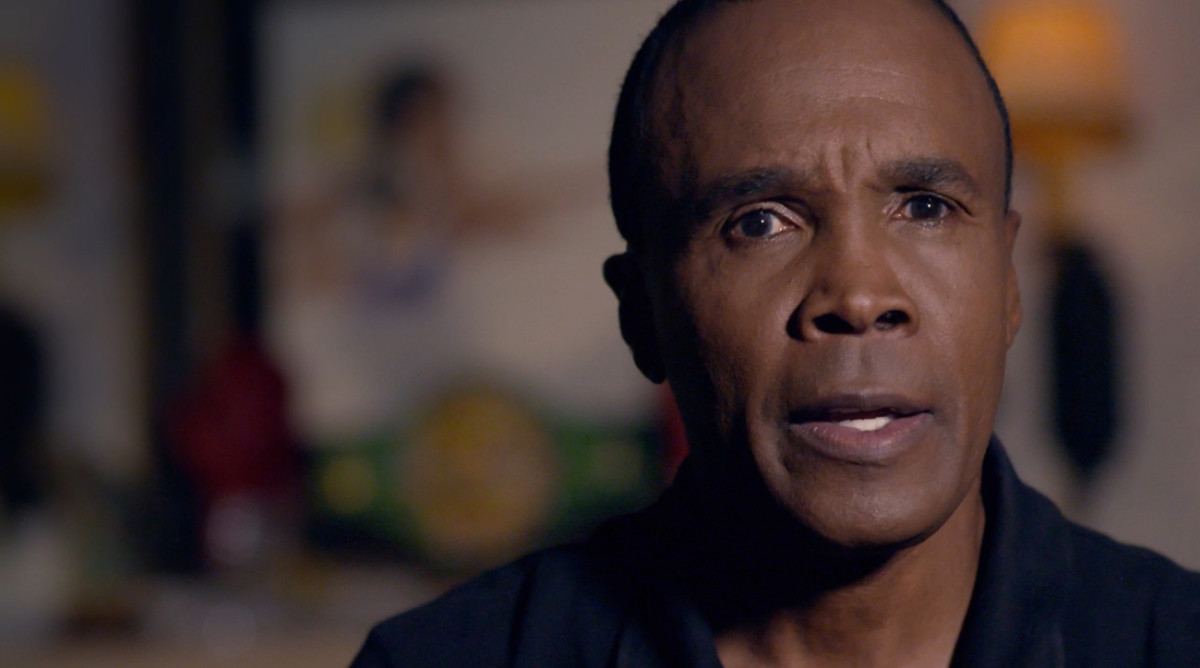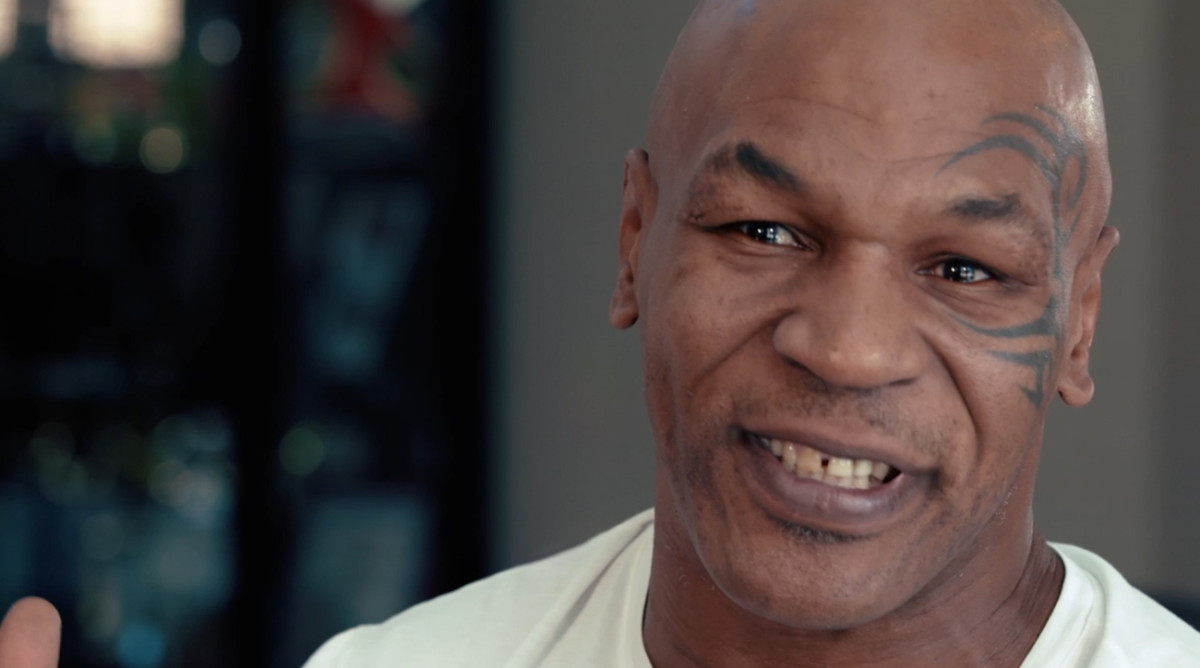Roberto Duran Documentary Dives Deep into the Relationships and Reach of the Panamanian Fighter

The camera opens with a birds-eye view of Panama City, the historic capital nestled between the Pacific Ocean and Panama’s abundant tropical rain forests. Birds fly across the blue sky, majestically gliding over the Pacific side of the Panama Canal, the nation’s waterway, and under the Bridge of the Americas, as the frame introduces Roberto Duran, now in his 60’s, absorbing the views of the city that made him.
“In this story, there is only one legend,” he says smiling. “That’s me. I was born a fighter. And I will die a fighter.”
This is I Am Duran, the new sports documentary from Universal chronicling the life and career of the legendary boxer, cultural icon and former world champion in four different weight divisions. Directed by Mat Hodgson, the 84-minute film tells the Panamanian fighter’s story by assembling a montage of old fighting clips and news reports, and thanks to an impressive group of interviews, the film serves as a substantial biography of the man they call Manos de Piedra (Hands of Stone).
The film features nearly everyone who personally and professionally played a role in Duran’s life or was influenced by his story. From his son Robin and wife Felicidad; to big names like Sylvester Stallone (Duran was a sparring partner in Rocky II), Mike Tyson, Larry Merchant, Lennox Lewis, and Robert de Niro; to his longtime rival-turned-friend Sugar Ray Leonard, the film’s various guests offer their own perception of the fighter and as a result, I Am Duran becomes a cinematic album that reflects on the ups and downs of an imperfect hero.
Aside from the fighter, it’s also important to remember that for Latin Americans, specifically Panamanians, Duran is more than just a boxer—he is a cultural symbol. Through his successes (and failures), Duran became a voice of Hispanic strength and defiance. For Latinos, his fights were podiums where he used a proverbial microphone to speak up for the poor and those who suffered at the hands of social injustice.

The director empathizes with this sentiment and makes the smart choice of juxtaposing the Duran’s story with the political tension in the 1980s between the U.S. and Panama. For Duran, this was the fuel that lit his aggression.
“Every country is more than just its politics,” says political journalist John Dinges in the film. “Cultural heroes are particularly important in times of political unrest.”
“The Panamanian people always identified themselves with Duran,” says Panama’s former president Ernesto Perez Balladares. “Especially during his fights, it was a national fever. He won, we won.”
Duran was born and raised in El Chorrillo, an impoverished neighborhood in Panama City situated very close to the Panama Canal. As a poor kid from the streets, he witnessed the ongoing tension between his people and Americans who lived and worked inside the protected zonal area. The film highlights Duran’s upbringing and struggles as a child—Chorrillo was not just a neighborhood for Duran, it’s a main character in his story.
Boxing, unlike any team-driven sport, strips a fighter of refuge and leaves him or her alone, left with nothing but dignity and the will to fight. But for Duran, a fighter who literally grew up poor and hungry, the ring was also a place where he could make a statement: “I made it. Despite all my struggles, I made it.”
As a result, his desire to fight and destroy opponents was not about pride, it was about survival.
“Duran was a product of want, Duran was a product of poverty—you have a natural fighter here,” says prominent boxing writer and historian Springs Toledo, who is heavily featured in the documentary. “You have someone who is driven by vivid dreams of going to bed hungry and dirty floors and barrels lit on fire for heat.”

The other fundamental theme of the documentary is Duran’s feud and relationship with Sugar Ray Leonard, world champion in five weight classes and one of the greatest fighters the sport has ever seen. Leonard’s brutal honesty allows the film to go beyond the ring, exploring their complex bond and how a legendary rivalry turned into a friendship.
“The guy [Duran] walked into that room—his eyes, his expressions, his demeanor, was just so violent and just nasty,” says Leonard, recounting the very first time he met Duran. “I didn’t foresee it properly…until he hit me. I’ve never been hit that hard. Duran was in perpetual motion. He was tenacious, aggressive.”
“I thought all my teeth were about to come off.”
Mike Tyson, who views Duran as one of his heroes, recalls it as a cathartic moment. “After seeing that fight, that’s when I knew what I wanted to do.”

The film also touches on Duran’s relationships with legendary trainer Ray Arcel and Nestor ‘Plomo’ Espinosa, the man who taught him how to fight; his role as part of the four kings (Marvin Hagler, Tommy Hearns, Sugar Ray Leonard and Duran); his inevitable decline; his ferocious appetite for food and alcohol and somewhat unsuccessful stints as a salsa singer.
The story fails to address a key part of his life: his complex relationship with his father Margarito, a Mexican-American GI from Arizona who was stationed in Panama and decided to leave the family for the U.S. in 1954. The father-son relationship is a vital psychological piece of Duran’s inner rage, particularly in the ring, so it would have been beneficial to see the documentary dedicate a few moments to it. Regardless, the film—available on digital download on June 4—triumphs in giving us a complete image of one of the most interesting characters the sport of boxing has ever seen. Most importantly, without romanticizing, I am Duran gives the viewer a detailed understanding of Duran’s relationship with his people, his country and a career that never stopped fighting inside and outside the ring.
Said Felicidad Duran: “In the hearts of four million people, they all have my husband in a little corner, with a lot of love.”
